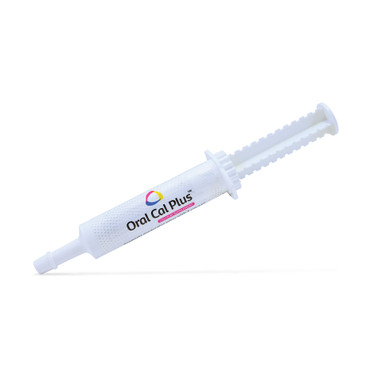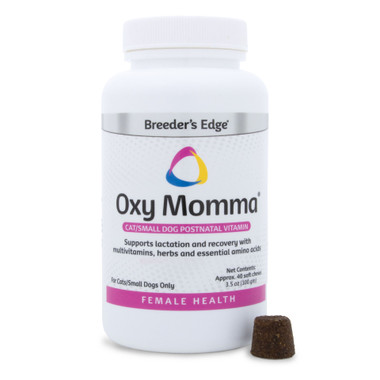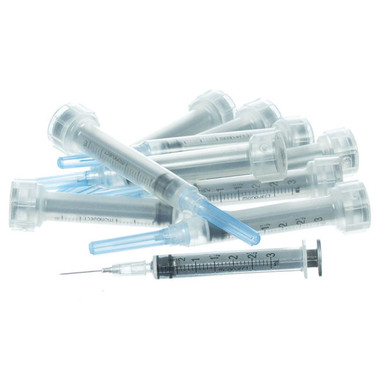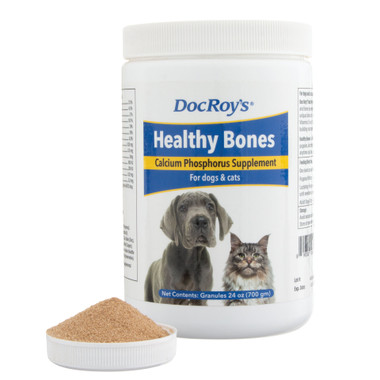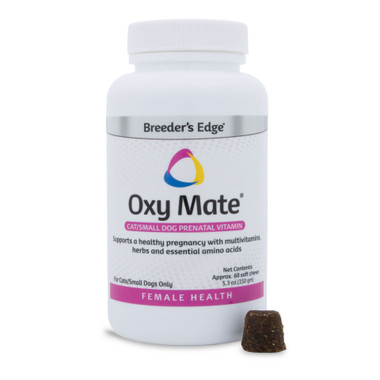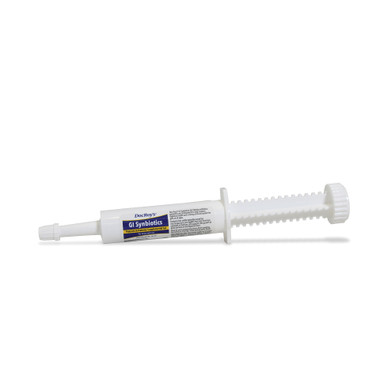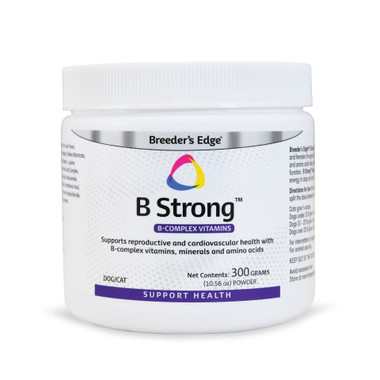Dog jaundice: a comprehensive guide
Estimated 0 min read

Dog with jaundice
When it comes to our beloved dogs, their health is paramount. One condition that can raise alarm bells is jaundice, characterized by a distinct yellowing of the skin, eyes, and gums. But what does it mean when a dog develops jaundice? Is it a disease in itself, or a symptom of something more serious?
Understanding jaundice in dogs is essential for every responsible pet owner. It’s not just about recognizing the telltale yellow hue, but also knowing what causes it, how it’s diagnosed, and what treatment options are available. More importantly, it’s about learning how to prevent it and ensure your dog leads a healthy, happy life.
This comprehensive guide aims to demystify jaundice in dogs, providing valuable insights and practical advice. It’s a resource designed to equip you with the knowledge to spot the signs early, understand the implications, and take swift action. Because when it comes to your dog’s health, every moment counts.
Must know facts about jaundice in dogs
- Jaundice in dogs is a symptom, not a disease, caused by high bilirubin levels due to various health issues like liver disease or blood disorders.
- Early detection is crucial, with symptoms including yellowing of the skin, eyes, and gums, behavioral changes, and physical discomfort.
- Prevention strategies include a balanced diet, avoiding toxic substances, regular exercise, vaccinations, and routine veterinary check-ups.
What is jaundice in dogs?

Dog with jaundice develop yellow eyes
Jaundice, medically known as icterus, is a condition that manifests as a visible yellow discoloration of the skin, whites of the eyes, and gums in dogs. This yellowing is not a disease in itself, but rather a symptom of an underlying health issue that needs immediate attention.
The culprit behind this yellow hue is bilirubin, a yellow pigment produced when the body breaks down old or damaged red blood cells. Under normal circumstances, bilirubin is transported by the bloodstream to the liver, where it’s metabolized and excreted in the stool. However, when bilirubin levels in the bloodstream or organs become excessive, jaundice occurs.
While jaundice is relatively uncommon in dogs, it’s a serious condition that can be a warning sign of several health issues. These can range from liver disease and bile duct obstruction to hemolytic blood disorders and poisoning.
Identifying jaundice in dogs can be a challenge due to their fur coats. However, owners of dogs with light-colored skin may notice a yellow discoloration on their inner ear flaps or on the hairless parts of their bellies. In most dogs, jaundice will be apparent on their gums, but some dogs have dark gums, making it tough to tell. The easiest place to detect jaundice in dogs is typically the sclera, or whites of the eyes.
Causes of jaundice in dogs

Liver disease can be caused by cancer, infections and toxins
Jaundice in dogs can be triggered by a variety of health issues, each falling into one of three categories: pre-hepatic, hepatic, and post-hepatic.
Pre-hepatic icterus occurs when there’s an excessive breakdown of red blood cells, leading to an overload of bilirubin that the liver can’t process fast enough. This can be caused by severe hemolytic anemia, a condition where red blood cells are destroyed faster than they can be produced. Hemolytic anemia in dogs can be due to primary autoimmune diseases, tick-borne infections like Babesia and Ehrlichia, reactions to certain antibiotics, specific cancers such as hemangiosarcoma, or venomous snake bites.
Hepatic icterus, the most common type, arises when the liver is unable to process bilirubin or move bile into the gallbladder due to severe liver disease. Liver diseases in dogs can be caused by liver cancer, bacterial or viral infections (hepatitis), or ingestion of toxins. For instance, the ingestion of Sago Palm, blue-green algae, or xylitol can lead to liver disease. Certain drugs, like Tylenol and Phenobarbital, can also cause liver damage if not administered properly.
Post-hepatic icterus is seen when there’s an obstruction of the common bile duct or gallbladder, preventing the normal flow of bile. Conditions leading to post-hepatic jaundice include severe pancreatitis, abdominal tumors, gallbladder mucocele (a condition where the gallbladder fills with mucus), gallstones, or gallbladder rupture.
Each of these causes of jaundice in dogs has unique characteristics and may require different treatment approaches. Recognizing the signs of jaundice and understanding its potential causes can help dog owners take swift action, ensuring their pets receive the necessary care.
Symptoms of jaundice in dogs

Lethargic dog
While the yellowing of the skin, eyes, and gums is the most recognizable sign of jaundice in dogs, it’s not the only symptom. Jaundice often comes with other signs that indicate your dog is unwell.
One of the first symptoms dog owners may notice is a change in their pet’s behavior. Dogs with jaundice may seem unusually tired or lethargic. They might not be as active as usual or show less interest in their favorite activities.
Changes in appetite are another common symptom. Dogs with jaundice may eat less than usual or even refuse food altogether. This can lead to noticeable weight loss over time.
Physical discomfort is also a sign of jaundice. Dogs may show signs of abdominal pain, such as whining, restlessness, or reluctance to lie down. In some cases, they may vomit or have diarrhea.
Another symptom to watch for is changes in urine and stool color. Dogs with jaundice may have dark, brownish urine and pale or clay-colored stools.
While these symptoms can be alarming, they’re crucial indicators that your dog needs immediate veterinary attention. Early detection and treatment can make a significant difference in your dog’s prognosis.
Navigating the diagnosis and prognosis of dogs with jaundice
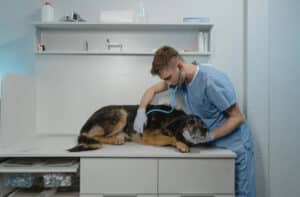
Vet checking dog for jaundice
When a dog presents with symptoms of jaundice, veterinarians employ a range of diagnostic procedures to identify the underlying cause. The process begins with a thorough physical examination, where the vet checks for visible signs of jaundice and other related symptoms.
Blood tests are a crucial part of the diagnostic process. These tests can reveal high levels of bilirubin and liver enzymes, both indicative of jaundice. A complete blood count (CBC) can help identify conditions like anemia, while a biochemistry profile can provide insights into the functioning of the liver and other organs.
Urinalysis, the examination of a dog’s urine, can also provide valuable information. High levels of bilirubin in the urine can confirm jaundice, while the presence of other substances can indicate specific diseases.
In some cases, diagnostic imaging such as X-rays or ultrasound may be necessary. These can reveal abnormalities in the liver, gallbladder, or bile ducts, such as tumors, obstructions, or inflammation.
For a definitive diagnosis, a liver biopsy may be required. This procedure involves taking a small sample of liver tissue for microscopic examination. It can help identify liver diseases, cancers, or other conditions causing jaundice.
Once a diagnosis is made, the prognosis for a dog with jaundice can vary widely, depending on the underlying cause. Some conditions, like anemia or certain infections, can be treated effectively if caught early, leading to a good prognosis. However, conditions like liver cancer or severe liver disease may carry a poorer prognosis.
Regardless of the cause, early detection and treatment are key to improving a dog’s prognosis. This underscores the importance of regular veterinary check-ups and being vigilant for signs of jaundice and other health issues in your dog
How to prevent jaundice in dogs

Take care provide your dog with exercise and a healthy diet
While not all causes of jaundice in dogs can be prevented, there are proactive measures dog owners can take to reduce the risk.
One of the most effective prevention strategies is ensuring your dog has a balanced diet. Proper nutrition supports overall health and boosts the immune system, helping to prevent diseases that could lead to jaundice.
Avoid exposing your dog to harmful substances. Many household items, plants, and foods can be toxic to dogs and potentially harm their liver. These include certain medications, cleaning products, plants like Sago Palm, and foods such as chocolate and xylitol.
Regular exercise is also crucial. Physical activity helps maintain a healthy weight, which can prevent obesity-related liver disease.
Vaccinations and preventive treatments for parasites are another key aspect of prevention. These can protect your dog from infections and diseases that could cause jaundice.
Regular veterinary check-ups are essential. Routine blood tests and physical examinations can detect early signs of health issues, including those that could lead to jaundice.
While jaundice can be a serious condition, early detection and prompt treatment can lead to better outcomes. Remember, prevention is always better than cure, so take proactive steps to keep your dog healthy.
We hope this guide has been informative and helpful. At Banixx, we’re committed to helping you provide the best care for your furry friend. Keep visiting us for more insights and advice on keeping your dog happy, healthy, and jaundice-free.
As a Final Word to all Dog Lovers
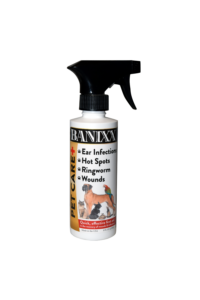
BANIXX PET SPRAY
At Banixx, we’re committed to providing you with the insights and solutions needed to tackle health challenges like juandice. Our dedication goes beyond addressing individual conditions; we aim to foster a community where every aspect of your dog’s happiness & health is supported.
We invite you to continue this journey with us, exploring the depths of pet care and ensuring that your beloved companion enjoys a vibrant, joyful life. Stay tuned to Banixx for more empowering knowledge and tips to enrich your dog’s health and happiness.
At Banixx, our commitment is to empower you with knowledge and solutions for your pet’s well-being. We invite you to join us on this journey, via our dogblog, ensuring that every wag, woof, and playful leap is filled with health and happiness. We have a variety of other blog topics to please everyone, such ashow long can a dog go without peeing, orwhy dog drink from the toilet and how to stop,yep, we’ve got those covered.
Sources
https://vcahospitals.com/know-your-pet/icterus-or-jaundice-in-dogs
https://www.ncbi.nlm.nih.gov/pmc/articles/PMC9380407/
https://todaysveterinarynurse.com/internal-medicine/icterus-in-dogs-and-cats/
https://www.webmd.com/pets/dogs/liver-disease-liver-failure-dogs
https://vetster.com/en/symptoms/dog/yellow-eyes-or-skin-jaundice-in-dogs
https://www.greatpetcare.com/dog-health/jaundice-in-dogs/
https://www.petcarerx.com/article/jaundice-in-dogs-causes-symptoms-and-treatment/6657
https://www.goodrx.com/pet-health/dog/liver-disease-in-dogs






